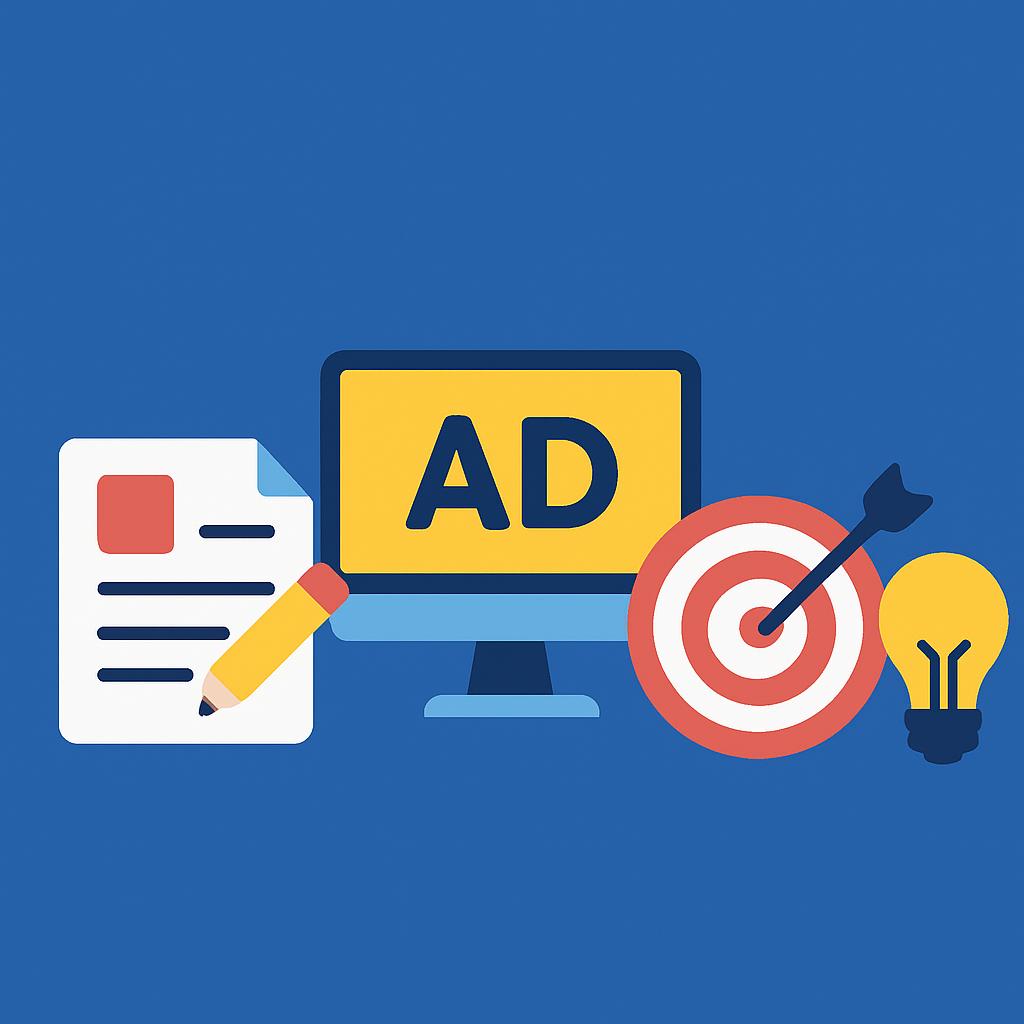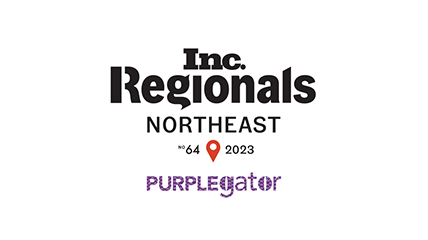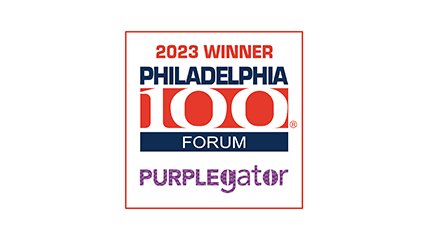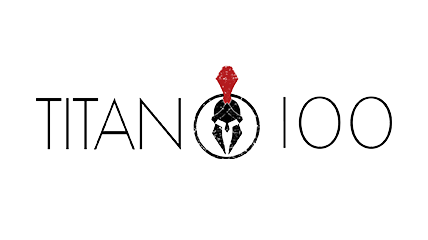Blog /
Email Marketing for DTC Brands

Email marketing remains one of the most powerful ways for DTC brands to engage with their customers. This channel gives an opportunity for companies to get in touch with their customers on a personal level and give them the exact content they may need or be interested in. Unlike social media or paid ads, email delivers messages directly into inboxes to create a direct line of communication.
For DTC brands, email takes center stage to ensure customer retention, engagement, and drive conversions. Be it long-term nurturing or even re-engagement campaigns, email is just an inexpensive means to a specific end of measurable results.
This guide provides actionable strategies and insights to help DTC brands maximize the potential of email marketing.
Importance of Email Marketing for DTC Brands
Direct Connection with Consumers
Emails create a personal space where communication can occur, helping brands reach their customers where they spend considerable time-in their inbox. No other channel provides an opportunity to share personalized messages that answer the individual tastes and needs of customers. Whether it’s product recommendations, exclusive offers, or updates, email fosters trust and engagement over time.
Cost-Effectiveness
Among digital marketing channels, email marketing has maintained one of the highest returns on investment. Recent figures indicate that for every dollar spent in email campaigns, the average return is $36. That makes email extremely valuable for DTC brands on a tight budget, where strategic campaigns can result in huge revenue without needing to pay for expensive paid advertisements.
Driving Retention and Loyalty
Consistent e-mail engagement with customers helps strengthen relationships; it means turning one-time buyers into loyal advocates. Personal follow-ups, loyalty program updates, and engaging newsletters will remind your customers why they chose you. Retention-focused campaigns drive repeat purchases and higher lifetime values for sustainable growth.

Types of Email Campaigns for DTC Brands
Welcome Series
First impressions matter, and the welcome email is the hook that will set the record in your brand-subscriber relationship. A welcome series simply sets up your brand story, values, and offering with personal inviting messaging. Strike a balance between education and an ask-for-action-be it driving first buys through a discount or getting users into popular products.
A DTC skincare brand sends an email in the form of a welcome mail, speaking of its commitment toward clean ingredients and later a follow-up of the best-sellers; this means you’re early going to engage subscribers to set up the foundation of loyalty.
Abandoned Cart Emails
Cart abandonment is the most frequent challenge many DTC brands face; this can be recovered through targeted follow-ups. Abandoned cart emails remind customers about items left behind and make them urgent via limited-time discounts or stock alerts.
Here, the personalization is key: calling the customer by her name and including images of products she viewed makes the whole email much more striking. Examples like “Hi Jane, your favorite moisturizer is waiting for you!” sound much more personalized compared to some general reminders.
Product Launch Announcements
Excitement is contagious, and e-mail just happens to be the ideal channel for generating buzz on new product launches. It keeps customers engaged and ready to shop, with sneak peeks or early access emails announcing upcoming launches.
It sends emails regarding the benefits of products, launch dates, or special offers supposed to be the privilege of subscribers only. Create striking layouts and craft copy that turns heads and converts.
Loyalty and Reward Campaigns
Loyalty programs really come alive when combined with regular email updates. Reward your customers through exclusive discounts, updates on their points, or giving them early access to a sale. These campaigns can also highlight milestones, such as congratulating a subscriber for one year with the brand.
For instance, a DTC coffee subscription service may remind customers via email that they earned 200 points and can claim a free bag. Such messages of appreciation will get customers coming back for more.
Seasonal and Holiday Campaigns
Seasonal and holiday campaigns leverage timely themes for driving urgency and relevance. Whether it’s “Back to School Sale” or “Holiday Gift Guide”, these emails resonate well since they are in concert with what’s currently in demand and interests from the customer’s point of view.
PAM these with clear calls to action, festive visuals, and time-limited offers. Then add personalized recommendations relevant to their previous purchases-that makes the email personalized and really actionable.
Building an Effective Email Marketing Strategy
Segmenting Your Audience
Segmentation takes generalized emails and converts them into personalized communications that talk directly with both individual interest and behavior. Segment subscribers may be divided based on demographic data, purchase history, or even engagement patterns. A regular customer should get different emails from one who hasn’t bought anything for several months.
For example, a DTC fashion brand may send one segment “Trending Fall Styles” and another “Your Favorites Are Back in Stock.” By speaking to unique preferences, you drive more engagement and conversions.
Crafting Attention-Grabbing Subject Lines
The subject lines serve as the gateway to an email. A good subject line is short, curiosity-arousing, and action-ensuing. Adding urgency or personalization, like “John, Don’t Miss Out on 20% Off!”, can give your subject line a much higher success rate.
Avoid vague phrases and focus on clarity. Testing different subject lines using A/B testing tools helps identify what resonates most with your audience.
Personalization Tactics
Personalization is more than the name of the subscriber. This may mean personalization about their browsing behavior, purchase history, or preferences to deepen this relationship. Emails which offer to recommend products, according to what’s been done most recently, will feel more relevant.
Dynamic content tools can automate this process, ensuring every email feels custom-crafted without requiring extra effort.
Designing Mobile-Friendly Emails
With most emails opened on mobile devices, optimizing for mobile responsiveness is non-negotiable. Use clean designs, legible fonts, and clear CTAs to ensure a seamless experience.
Keep copy concise and visuals impactful. A clutter-free layout improves readability and encourages action, whether it’s clicking a link or completing a purchase.
A/B Testing
Continuous improvement is key to email marketing success. A/B testing allows you to experiment with variables like subject lines, layouts, CTAs, or sending times to identify what works best.
A/B test, for example, which works better between the subject lines “Limited-Time Offer” and “Exclusive Savings Just for You”. Results analysis helps refine strategies so that with every new email, it can have more resonance.
Tools and Platforms for DTC Email Marketing
Popular Email Marketing Platforms
The right platform can simplify email marketing and amplify its impact. Klaviyo, Mailchimp, and Drip are popular options tailored for DTC brands.
- Klaviyo offers advanced segmentation tools and integrates seamlessly with e-commerce platforms like Shopify. It’s designed to track customer behavior, allowing brands to create highly personalized campaigns that resonate.
- Mailchimp is known for its user-friendly interface and robust analytics. Its automation features are particularly useful for small to medium-sized DTC brands looking to streamline their marketing efforts.
- Drip focuses on building personalized experiences through automation and targeted messaging. It’s a powerful choice for DTC brands aiming to deepen customer relationships through tailored email workflows.
Automation Tools
Automation is essential for managing email campaigns efficiently. Triggered workflows – like welcome sequences or abandoned cart emails – save time while keeping customer interactions timely and relevant.
Automation allows brands to set up very complex workflows with much lesser effort using tools like Klaviyo and Drip. For example, one can have automated birthday emails that include special discounts, making it a personal touch without any manual interference.
By automating routine tasks, marketers can focus on crafting meaningful content and analyzing campaign performance rather than managing repetitive tasks.
Analytics and Reporting Tools
Monitoring of performance will help to understand what works and where it doesn’t, in order to change things. Google Analytics, HubSpot, Klaviyo – all these offer a valuable understanding of email metrics on open rates, click-through rates, and conversions.
For example, Google Analytics helps in tracking the revenue that comes through email campaigns, showing the clear picture of ROI. Klaviyo goes one step further: it connects email performance with customer behavior to show which campaigns drive repeat purchases or higher engagement.
Regularly reviewing analytics ensures your strategies remain data-driven and effective.
Measuring the Success of Email Campaigns
Key Email Marketing Metrics
Measuring success starts with understanding the right metrics. Key indicators include:
- Deliverability Rate: Ensures emails reach inboxes rather than spam folders.
- Open Rate: Indicates how many recipients opened the email, reflecting the effectiveness of subject lines.
- Click-Through Rate (CTR): Tracks how many recipients clicked on links within the email, showing engagement levels.
- Conversion Rate: Measures how many recipients completed a desired action, like making a purchase. Helps with conversion rate optimization.
- ROI: Calculates the revenue generated from campaigns relative to the investment, giving a holistic view of effectiveness.
Focusing on these metrics helps identify strengths and areas needing improvement.
Interpreting Data for Continuous Improvement
Analytics are valuable only to the extent that they represent improvements in strategies. For example, if the open rate is poor, it may mean subject lines need to be reevaluated, while a high CTR and low conversion rate means the landing page isn’t compelling enough.
Regularly A/B testing different elements – such as email design, CTA placement, or timing—provides insights to optimize performance. Over time, these adjustments lead to more effective campaigns and stronger customer relationships.









